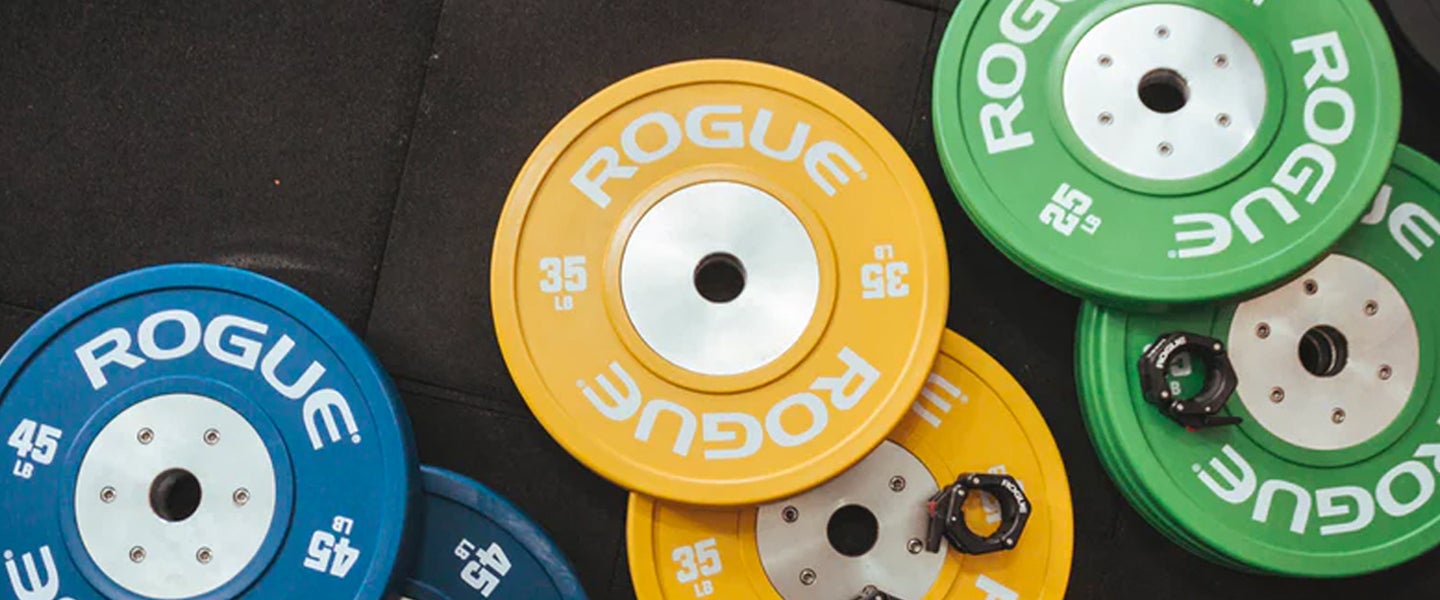When it comes to working out, we’re not all strongmen like Hafþór Júlíus Björnsson (aka The Mountain). In fact, many of us could go our entire lives and still have no clue how a lat pull-down differs from an incline bench. Which is to say, there’s no shame in not knowing your way around a gym, or how to start the process of getting in shape. Plus, that’s what we’re here for — to make sure that when you are in the gym, you at least never have to sweat the small stuff.
I want to get in shape, but the weight room is pretty intimidating because I haven’t the faintest idea what I’m doing. I don’t want to hurt myself or lift in a way that’s ineffective, so how can I figure out what weight to start with, and how many reps I should do?
It’s true that, if you choose weights that are too heavy for your fitness level, you could very easily end up tearing something — or worse. And picking up weights that aren’t heavy enough, or if you don’t do the kind of reps and/or number of sets needed to activate your muscles in the right way, you won’t see results, and subsequently, you won’t want to keep wasting your time.
Thankfully, though, you don’t need to fumble around the free weights trying to lift 200 pounds over your head to figure it out. Many a weightlifter has come before you with the same, basic question (yes, even The Mountain was a scrawny puke at one point), which means that years and years of trial and error creating the world’s strongest men has distilled a mutually accepted how-to approach for novices (or long-dormant returnees). “The general rule-of-thumb is that you start with any empty barbell [or the least-heavy dumbbell] and gradually add weight,” says MEL contributing writer and competitive powerlifter Oliver Lee Bateman. “When you’ve reached a set where completing five reps is a bit (but not much) of a struggle, that’s when you settle in for five sets.”
And there it is: The 5×5 rule. Not set in stone, but pretty close to it. If you’re new to the gym and you’re just starting out, five sets of five reps is how you’re going to see the best results. It’s also less likely to hurt you. “Fatigue is the result of more repetitions of a weight, even a lighter weight,” explains fitness expert Mark Rippetoe on his website, Starting Strength. “A set of 10 gets sloppy at about rep number 8 or 9, unless you’re an experienced lifter, and even then, it’s damned hard to hold good form on the last reps of a high-rep set. A set of 5 ends before you get fatigued — 5 reps is an interesting compromise between heavy weight and higher reps.”

Once you’ve figured out where your “struggle” point is, the next step is adding weight in order to get stronger. Try increasing weight in five-pound increments each week if you’re doing squats or deadlifts, and half that when you’re on the bench press. If you’re still able to complete your 5x5s cleanly and with good form, you’ll be impressing your friends with your feats of strength in no time.

